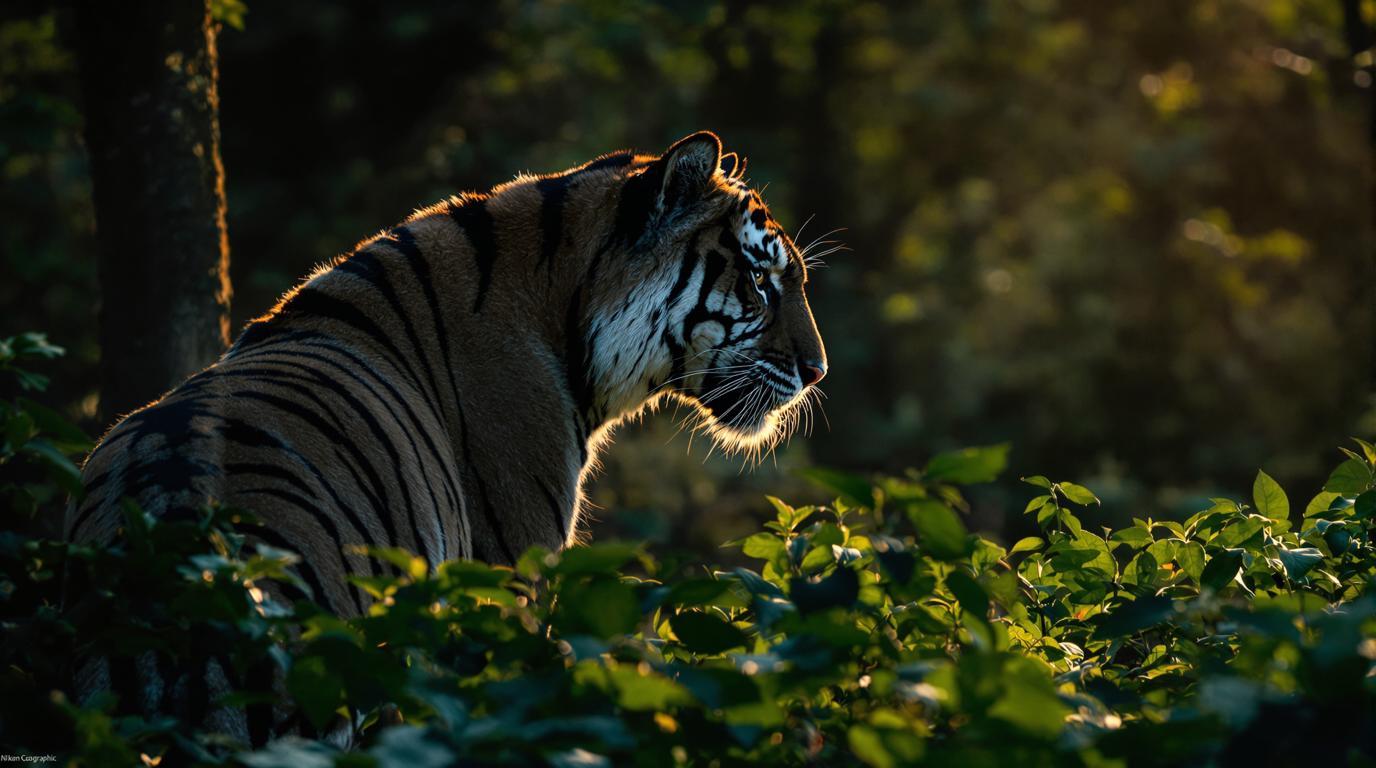Beyond the crowded tiger reserves and famous wildlife sanctuaries lies a different India – one where pristine ecosystems thrive in relative obscurity and magnificent creatures roam undisturbed. These underrated national parks offer extraordinary experiences without the tourist crowds, giving visitors a more authentic connection to India’s wild heart.
Where endangered Hangul deer roam Himalayan valleys
Tucked away in Kashmir’s breathtaking valleys, Dachigam National Park shelters the last population of critically endangered Kashmir stag (Hangul). With fewer than 200 remaining in the wild, spotting these majestic deer against the backdrop of snow-capped mountains creates a wildlife encounter few travelers ever experience.
“The morning mist lifts to reveal meadows where Hangul graze peacefully – it’s like stepping into a painting that few have seen,” describes Ravi Kumar, a veteran wildlife guide.
India’s smallest national park hides Western Ghats’ treasures
At just 1.32 square kilometers, Pampadum Shola National Park in Kerala packs remarkable biodiversity into its compact borders. This pocket-sized wonder preserves rare shola forests – montane rainforests punctuated by rolling grasslands – creating an ecosystem found nowhere else on Earth. The misty landscape evokes the same sense of wonder as Kyoto’s temples emerging from morning fog.
The biosphere reserve with melanistic tigers
Similipal National Park in Odisha guards a wildlife secret – its rare population of black tigers. These unique tigers carry a genetic mutation causing excessive melanin production, resulting in distinctive black stripes that sometimes appear to merge. With only 45 tigers in total, encountering these elusive cats requires patience but rewards persistent visitors with a once-in-a-lifetime sighting.
A floating paradise for river dolphins
Dibru-Saikhowa National Park in Assam offers something spectacular – herds of feral horses galloping across river islands while endangered Gangetic river dolphins breach nearby waters. This biodiverse wetland ecosystem provides sanctuary for water birds and mammals alike, making it a photographer’s dream destination that rivals even the diverse ecosystems of the Galapagos.
The grassland sanctuary where blackbucks leap
Tal Chhapar Sanctuary in Rajasthan transforms into a wildlife spectacle during bird migration seasons. Against flat, golden grasslands, large herds of blackbuck antelope perform gravity-defying leaps called “pronking” – a behavior where they spring vertically with all four legs off the ground simultaneously. The sanctuary’s accessibility and open landscape make wildlife photography exceptionally rewarding.
India’s marine treasure chest
The Gulf of Mannar Marine National Park boasts an underwater wonderland with 3,600 species including sea cows (dugongs), dolphins, and vibrant coral gardens. This marine ecosystem’s commitment to conservation reminds visitors of other preservation success stories like Bhutan’s carbon-negative initiatives, protecting natural treasures for future generations.
Where massive saltwater crocodiles rule primeval mangroves
Bhitarkanika National Park harbors the world’s largest living reptile – the saltwater crocodile. These prehistoric giants, sometimes exceeding 20 feet, patrol mangrove channels in India’s second-largest mangrove ecosystem. The park’s untouched wilderness creates an atmosphere similar to France’s hidden natural paradises, yet remains uniquely Indian.
“When you spot a massive saltwater crocodile basking along muddy banks, you’re witnessing a living dinosaur in a landscape unchanged for millennia,” says Dr. Sudha Raman, marine biologist.
The orchid sanctuary within a biosphere reserve
Nokrek National Park in Meghalaya protects not only endangered red pandas but also serves as a genetic sanctuary for wild citrus and over 90 orchid species. Local Garo tribes maintain ancient traditions that harmonize with conservation efforts, similar to how Inuit communities preserve their heritage while adapting to modern conservation challenges.
These lesser-known sanctuaries offer travelers something increasingly rare in our crowded world – genuine wilderness encounters without tourist infrastructure overshadowing the experience. They represent India’s wild heart beating strongest where human footprints fall lightest, preserving natural treasures for those adventurous enough to seek them out.
